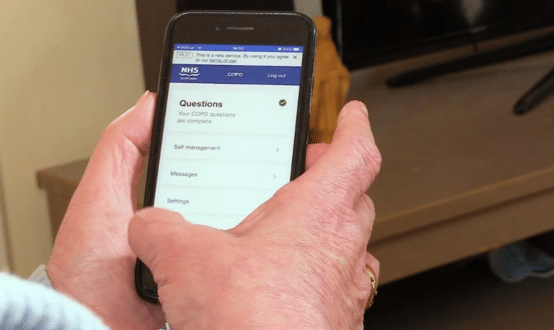Glasgow works with Emis on child health
- 8 September 2014

NHS Greater Glasgow and Clyde has implemented a bespoke version of Emis Web to build a single shared child health record, while it helps Emis to develop its child health functionality.
A total of 22 child and adolescent mental health services teams are using the system to securely share patient information within a single patient record, after the first team went live in March 2013.
Karen McFadden, the health board's programme lead, told EHI it chose Emis Web for its child health services because of the company’s flexibility and willingness to customise the software to meet its requirements.
“It was clear that there was no system that was all-singing, all-dancing in terms of children’s health, but they were the most willing to adapt and develop to meet our needs.”
McFadden said the health board has used the system’s protocols and clinical templates to build ways for its clinicians to add data in a way that specifically supports their service requirements.
“We want a single record that covers all children’s services, using the same application and the same record but ensuring we provide the bespoke requirements for different areas like psychology and speech and language therapy.”
The board has created clinical templates and electronic documents for the child and adolescent mental health teams to make it easier for them to produce outcome assessments for required reporting.
A bespoke clinical template has also been created for psychological therapies services to reduce the amount of time spent on reporting, with relevant data coded and extracted from Emis’ weekly business intelligence reports.
McFadden said the main benefit has been in reducing unnecessary duplication of information, while also improving connectivity between the different services.
“The different teams do some joint assessments, so both disciplines can now update and review the record basically in real time.”
She said the next phase of the implementation, for health visitors and school nursing, is in “final configuration”, with a number of templates being developed along with plans to roll out tablets to support remote working.
The roll-out of the system will take about 48 weeks and add 700 users to the system, and will involve closing all paper records and creating electronic records for all children within the board’s catchment.
Another 300 users in community paediatrics will be added to the system in a roll-out after the health visitor programme is completed.
McFadden said the board is working with Emis on improving the child health aspects of its system, with a focus on tailoring the registration functionality.
“The registration aspect of the system is pretty much configured to GP requirements – we want much more detail about mum, dad, their siblings, the people looking after the child, so there’s a range of requirements and we’d like to see further enhancement around that.”
The board is also interested in developing functionality to record a register of health professionals involved with a child’s care, such as social workers, psychologists and health visitors.
Martin Bell, the director of community, children’s and mental health at Emis, told EHI the company has been developing its child health offerings for some time.
Bell said Emis is planning to deploy additional functionality by the end of the month, and has already spoken to several organisations who are interested in taking it on.
“There are a number of child health systems contracts around the country coming up for grabs in the next few years, so commercially it makes a lot of sense for us.”




